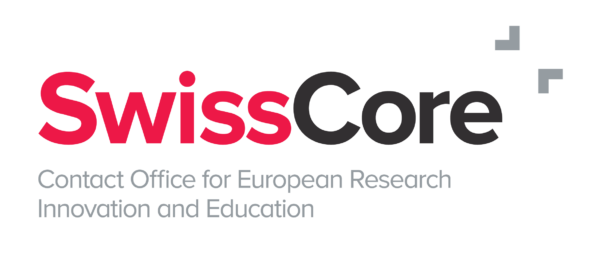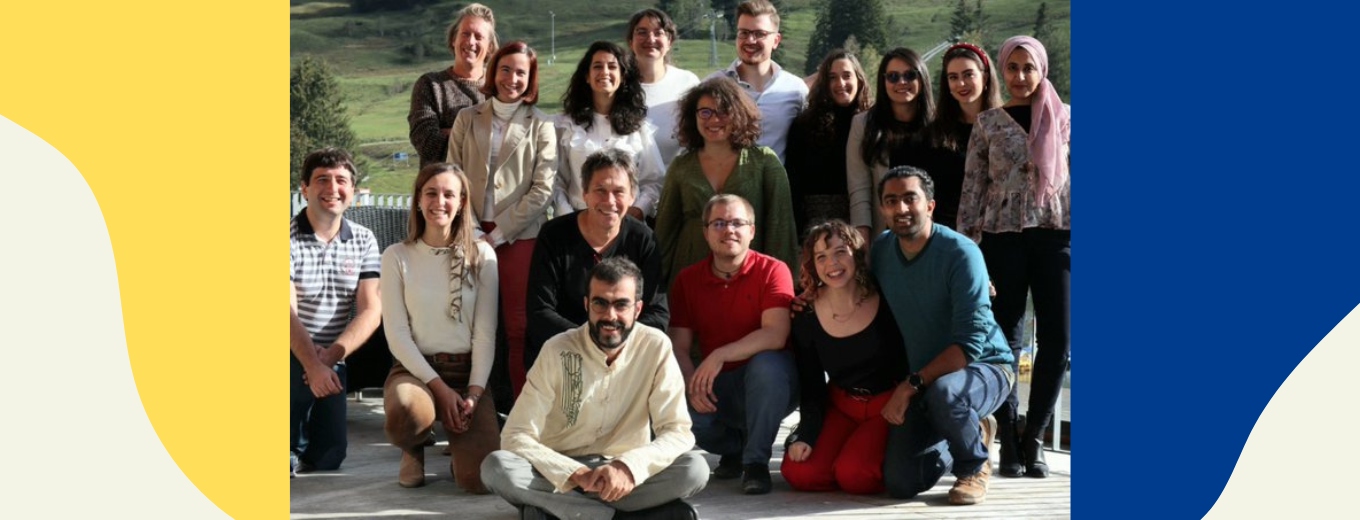15 early-stage researchers, one common goal: advancing knowledge in human-machine interaction for education. The contribution of a Swiss lab and its PhD students.
Robots no longer exist only in science fiction, but we can find them in our daily life delivering our food in a restaurant, supporting the work in medical centres and maybe even in the classroom. Although some teachers perceive the use of robots in their work as an additional effort, they could be a great assistance in classroom management or promote student skills, such as team working, leadership or communication. However, before using them in learning activities, the interaction between robots and students must first be understood. This was the aim of the Marie Skłodowska-Curie Actions (MSCA) project ANIMATAS offering a doctoral training programme to a new generation of early-stage researchers (ESRs) focusing on the emerging area of human-machine interaction for education.
Our success story begins with a change of perspective. A call for Marie Skłodowska-Curie Innovative Training Networks (MSCA ITN) was launched under Horizon 2020, supporting young researchers to participate in a European Training Network (ETN) to increase their set of skills and to gain international experience for a successful career. Having been rejected in the first attempt, an existing consortium was looking for new members who would like to join the cooperation between universities, research institutions and industrial research partners to work on social robotics with an impact on society. One of the contacted institutes was the Computer-Human Interaction in Learning and Instruction (CHILI) lab, located at the Swiss technical university EPFL, under the lead of Pierre Dillenbourg with the support of former researcher Wafa Johal. The consortium consisted of beneficiaries, in academia such as EPFL, Sorbonne University (SU), Uppsala University (UU) or KTH Royal Institute of Technology (KTH), as well as in industry, namely Softbank Robotics (SBR), and supporting partners, as for example Mobsya from Switzerland, Immersion SAS or Furhat Robotics. A second application was dared and got granted, the involvement of EPFL not entirely innocent for the accomplishment.
Barbara Bruno, former key researcher who supervised the three participating PhD students from EPFL, explains that her institute brought a new perspective to the proposal and suggested a focus on education, CHILI being specialised in this field. The application of human-robot interaction in education was welcomed at the EU level and ANIMATAS could kick-off in January 2018. ”I cannot claim that this is what made the difference, but it was for sure part of it”, Bruno adds. 15 ESRs from various disciplines, including computer science, robotics, education and psychology, were selected. 15 sub-projects concentrated on specific questions that would help identify how robots could be useful in classrooms as well as to better understand patterns of interaction and learning processes.
It is for example easy to tell whether children are succeeding or not in a learning activity but much more difficult to tell whether they are learning. Making learning visible in an interaction between two students and providing a robot with the capacity to infer that and then provide real time feedback, which would increase chances of learning, was thus the focus of Jauwairia Nasir, former participating PhD student from EPFL. The collaboration with other research institutes was in her case very helpful as she was able to benefit from the expertise of Professor Mohamed Chetouani from the Sorbonne University who was also coordinator of ANIMATAS. Furthermore, the assumption exists that a robot must always provide correct answers to promote learning. Utku Norman, the second ESR from EPFL, questioned this common belief by looking at what happens in the learning process when the robot itself makes mistakes and investigated the strategies with which it needs to be equipped to encourage learning. He was furthermore able to learn from a secondment at the Institut Mines Télécom Paris Tech (IMT) in Paris. Sina Shahmoradi, former PhD student in EPFL, opted for a wider perspective and examined how a robot can support teachers in class management to better orchestrate individual learning. Three different focus directions, however, together with the other sub-projects, are important contributions for the efficient application of robots in learning environments.
Not only the results were the ESRs’ takeaway from ANIMATAS, but also the intercultural exchange, interdisciplinary collaboration and networking possibilities. ”From day one, we had a big network”, Nasir explains, ”the most beautiful aspect for me was to interact with people from so many cultures and countries.” She also remembers the training opportunities targeting the different aspects of the project such as workshops on the topics of computational social sciences for social robots and embodied virtual characters (Sorbonne University), methods from experimental psychology (Bremen University), developing technologies in educational settings (EPFL), virtual characters & computer game technologies (KTH), employability skills and conducting research in industry offered by Softbank Robotics (SBR) through which the ESRs ”got access to build a network of relevant companies and to see the latest technologies.” The implications of industrial companies are also appreciated by Norman who refers to the benefit of a start-up point of view, by developing technologies and building prototypes that aim towards a concrete end product, in order to maximise the potential impact. Bruno takes up the intercultural component again as ANIMATAS made her and her colleagues discover that the cultural learning contexts of educational environments play a crucial role for the implementation of robots. In addition, she mentions the benefit of interdisciplinary cooperation due to ”the feedback from other perspectives” allowing a more holistic approach. CHILI was thereby able to make a valuable contribution with its expertise on building educational technologies from many years of close collaboration with teachers and schools, its knowledge in learning analytics as well as its practice-oriented approach.
The main goal was achieved, 15 early-stage researchers left the project with new knowledge and skills for their career as postdocs or researchers in labs and companies. The MSCA project was not only helpful for the advancement of the PhD students’ careers, but also for the supervisors, like Barbara Bruno or for Wafa Johal who are now both professors. Just as the project started with a Swiss contribution, it also ended in Switzerland. The final Symposium took place in a hybrid format at Schwarzsee, entirely organised by the ESRs. Looking back, Nasir concludes that even though MSCA proposals are competitive, challenging and sometimes difficult to coordinate, they are rewarding in the end. ”I think it was all of these institutes coming from all over Europe together with their specialisations that made the application as strong as it was”, she sums up.
To conclude, even though Switzerland is not part of the current Horizon programme, this success story shows how Swiss participation in an MSCA project can make a positive difference and offer a significant added value. The possibility of networking and interdisciplinary exchange is not only important for studies on human-robot interaction but also for the future of various other research fields.

